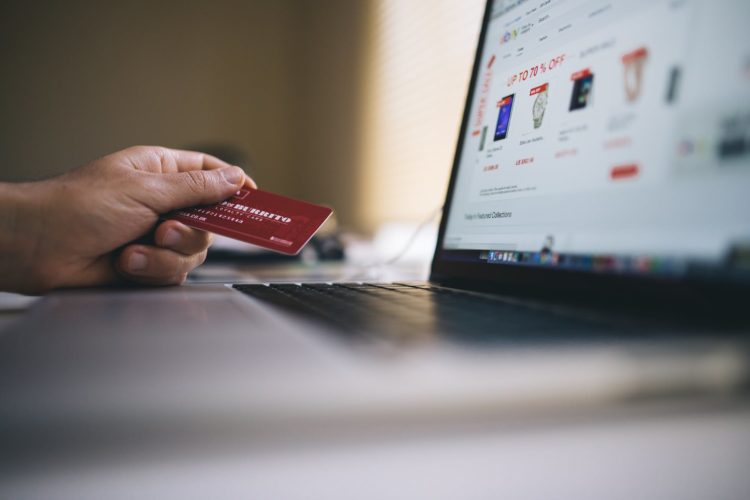Zebra Technologies’ 13th annual Global Shopper Study found shoppers expect a seamless experience between stores and online and are increasingly placing orders online because of desired product availability.
This has resulted in a surge of ecommerce orders with nearly 60% placing an order in the last three months. With more than one-fifth of shoppers returning an item purchased online, 57% of store associates are feeling significantly challenged by these returns.
Out-of-stocks remain a challenge with 41% of shoppers acknowledging this is the top reason for leaving stores without a purchase. This is followed by long checkout lines (32%) and an inability to find items (31%) both representing a marked increase from last year.
Growth in mobile ordering
Retail decision-makers and store associates have seen a dramatic increase in the need for convenience and efficiency as the pandemic has catapulted shoppers’ usage and affinity for mobile ordering and smart-checkout solutions.
Mobile ordering – from smartphones and tablets – has experienced tremendous growth and been instrumental in helping maintain social distancing and adherence to local guidelines. Seventy-two per cent of shoppers used mobile ordering and 82% of those shoppers are highly likely to continue using it.
Millennials (88%) and Gen X (79%) shoppers were the primary users of mobile ordering while 47% of Boomers used it too, and 74% of them are likely to continue using it in the future. Sixty-four per cent of shoppers believe more retailers need to offer mobile ordering while majority of decision-makers (90%) and store associates (83%) agree mobile ordering would help meet customer expectations.
Smart-checkout leads to better experience
Forty-seven per cent of surveyed shoppers have interacted with self-checkouts in the last six months and 63% of shoppers agree self-checkout solutions provide an improved customer experience.
While agreement is highest among Millennials at 73%, 66% of Gen X shoppers and 50% of Boomers have also realized an improved customer experience from self-checkout solutions in the last year.
Meanwhile, 86% of retail decision-makers and 71% of store associates agree self-checkouts improve the customer experience. Almost nine-in-10 decision-makers and more than seven-in-10 associates believe self-checkouts freed employees up to do higher priority tasks and better serve customers while helping meet health and safety mandates and protocols.
Safety now part of in-store experience
Consumer and associate confidence can be increased when precautions or safety measures are put into place. There is a sizable trust gap between retail decision-makers, shoppers and associates when it comes to health and safety.
While approximately 90% of decision-makers think shoppers and associates trust them to make health and safety a priority, only 65% of shoppers and 77% of associates agree. Sixty-seven per cent of shoppers are concerned with surface sanitation or social exposure in stores, and 59% of shoppers prefer stores with contactless payment options. Seven-in-10 associates say social distancing/contact tracing apps would allow them to provide a better customer experience.
“Retailers in Southeast Asia are aware that success relies on improving the shopper experience. To provide a more seamless and satisfying omnichannel experience, these retailers must invest in analytics, mobile ordering, smart checkout, and other retail technology solutions that can enhance efficiency and accuracy,” said Fang-How Lim, regional director for Southeast Asia, Zebra Technologies.





